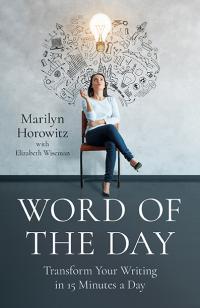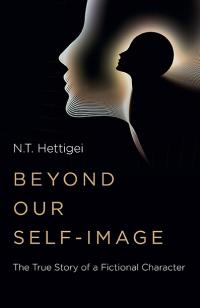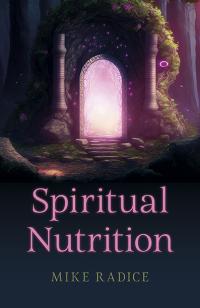
[caption id="attachment_808" align="alignleft" width="152"] photo c. Grizelda Holderness.[/caption]
photo c. Grizelda Holderness.[/caption]
By Nimue Brown
On some level, every author is imagining their reader. It may not be conscious. I find it really obvious when reading older books, as to who the author thought the reader was going to be.
Often the imaginary reader of older books, is a chap. Any time the reader is mentioned, the reader is ‘he’. Comments that assume complicity with a male protagonist or lines like ‘and pretty girls for all’ get across the message that really, this book isn’t for women. As a child reading ‘classics’ I was uneasy about where I fitted, often.
Most modern writing handles gender a good deal better, although the romance genre will tend to assume a female reader.
Whose voice is the ‘normal’ prose and whose voice is caricatured? In your classic literature, the upper classes speak with the voice of the narrator, and the working classes are rendered more phonetically. The reader is assumed to have a voice that matches the narrator, and the working persons in the book are assumed to be strange and exotic to them. The Secret Garden is an illustration many of you will likely be familiar with, but it is typical of older literature. Any voice can be caricatured by anyone, so there’s choice and assumption here. Dickens would be another case in point.
In modern writing, it tends to be the Irish and Scottish accents that are most likely to be put down phonetically, and this is especially the case in romance and erotica literature. I think this is because it is assumed the reader (probably female) will find these accents inherently sexy.
Very little comment is made on the skin colour of white European characters in classic literature. It’s only the ‘others’ whose appearance is really dwelt on. The physical darkness of both Heathcliff in Wuthering Heights, and Mr Rochester’s first wife in Jane Eyre, are particularly obvious example. Dark skin is different, and worth commenting on, and from this we learn that all too often the book assumes its reader to be white.
Reading books from other cultures and backgrounds is part of the joy of reading. A book that assumes you are familiar with cultures you know nothing about can be a fantastic challenge. However, ‘literature’ in the west was historically dominated by white men of the middle classes and up. That puts a large percentage of the potential readership outside the boundaries of the assumed readership. It’s very odd when you’re mostly reading books that are not addressed to you, and while not everyone registers this consciously, it does have an impact.
It’s important to ask who the book thinks is reading it. As an author it’s important to watch out for the things that might other and alienate potential readers. Perhaps most importantly of all, we need diversity amongst publishers. It’s not a coincidence that during the period when white male rich men almost entirely dominated writing, the publishers themselves were pretty much all from that background too, and no doubt being the reader the book implies helped them prefer certain kinds of writing over others.
Categories:
0 comments on this article







